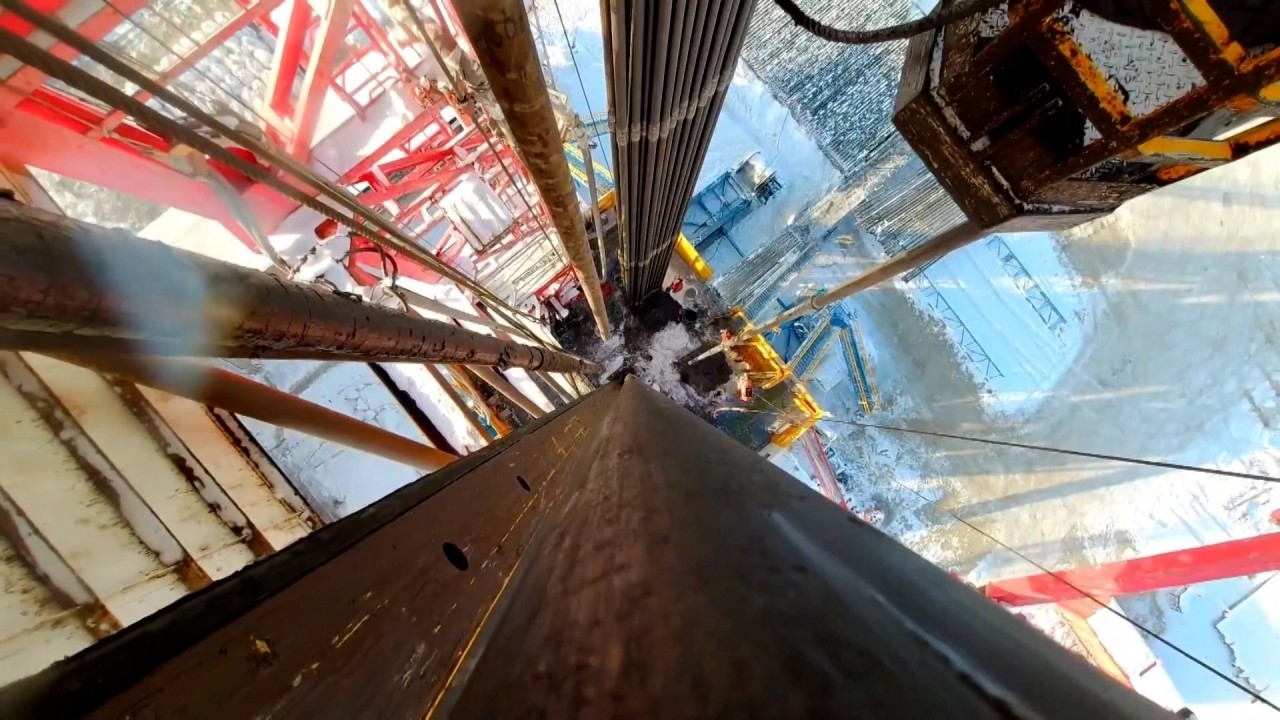
China’s ocean drilling ship Mengxiang aims to be first to reach Earth’s mantle, opening ‘gate to hell’
- The vessel, whose name means ‘dream’ in Chinese, is designed to drill deep below the ocean surface, piercing through the Earth’s crust
- Ultradeep drilling can help scientists understand plate tectonics and seabed resources and might even lead to discovery of new life forms
China’s new drillship to go to ultradeep waters in oil and gas quest
The boundary between the mantle and crust, known as the Mohorovicic discontinuity, or Moho, remains the final barrier for humans in exploring the mantle. The Moho lies about 7,000 metres beneath the ocean floor and about 40,000 metres below dry land.
The Mengxiang is designed to penetrate the crust and reach the mantle from the sea surface, opening an unknown door for scientific research.
Since the early 1960s, American scientists have tried to pierce through the Moho to reach the mantle, but the goal has yet to be achieved. While the Moho has yet to be breached, deep ocean drilling technology has provided new insights into the Earth’s structure.
“Rock samples from ultra-deep boreholes have become crucial for understanding plate tectonics, oceanic crust evolution, ancient ocean climates and seabed resources,”said Li Chun-feng, a marine geologist at the Department of Marine Sciences at Zhejiang University in eastern China.
For example, exploration of the Mediterranean seabed has revealed extensive salt layers, indicating the sea was once a dry salt field 6 million years ago, and drilling in the Arctic Ocean has uncovered its past as a warm, freshwater lake covered in duckweed 50 million years ago, according to Li.
The mystery of what lies deep under the Earth’s surface, beyond the “gates to hell”, has long captured the public’s imagination and is reflected in science-fiction such as Jules Verne’s Journey to the Centre of the Earth, which depicts underground worlds and exotic life forms.
Li said it was highly possible life could exist within the mantle, citing a growing number of discoveries of organisms that can withstand extreme temperatures and pressures, suggesting they could survive at mantle depths.
“The mantle is composed of peridotite, which can produce methane and hydrogen through microscopic reactions with water, providing energy for life forms. The deep underground ecosystem is a fascinating field to explore. Only by reaching the mantle can we truly understand these rock and hydrothermal conditions,” Li said.
However, some scientists were more sceptical.
“The deep biosphere in seabed rocks, Earth’s largest microbial reservoir, has only revealed dormant microbes with slow metabolism. While unknowns exist, risks are minimal, and large sci-fi creatures are unlikely,” said a marine biology expert who asked to remain anonymous.
The Mengxiang’s recent trial primarily tested its propulsion system, powered by a new-generation 30-megawatt power station, according to Xinhua. However, details about the core drilling system remain limited.
The task of reaching 11,000 metres below the water’s surface remains daunting.
“There’s a gap between theoretical design depth and practical operations, high temperature and pressure at the seabed pose difficulties for drilling beneath 7,000 metres,” said Wan Buyan, a professor at Hunan University of Science and Technology who led the development of China’s first deep-sea drill equipment and is an expert in seabed engineering.
“For resource exploration, we place drills on the seabed, assisted by a few thousand-tonne ships at a daily cost below US$30,000. Ocean drilling, operated from ships weighing tens of thousands of tonnes, could cost hundreds of thousands of dollars daily,” Wan added.
Li also stressed the challenges of reaching the mantle, emphasising the need for advanced drilling techniques and high demands on drill bits and circulation systems, which help cool down the drill. “It requires significant time and money, with potential failure risks.”
China’s Dream vessel is ready to raise ‘flammable ice’ from the ocean’s depths
Despite the significant challenges in implementation, Li has high expectations for the Mengxiang.
He said the Mengxiang’s capabilities “far exceed” those of its counterparts, the American research vessel JOIDES Resolution and Japan’s Chikyu scientific drilling ship.
“Being 20 years younger than the Chikyu, the Mengxiang boasts a more advanced drilling system,” Li said.
“Drilling through the Moho is one of the key objectives of the design,” he added. “After years of exploration, there is hope to achieve this goal, even if it requires meticulous planning and steady progress.”
Li, who took part in the International Ocean Drilling Program (IODP) Expedition, a marine research initiative started by the US and other countries, said that with the construction of the Mengxiang, China should now take a leading role in more international projects.
“The Chikyu from Japan has a significant tonnage, but its activities have been largely limited to the vicinity of Japan. It hasn’t yet reached its anticipated drilling depths in the Nankai Trough seismogenic project and has struggled to gain matching international influence,” he said.
“I hope the Mengxiang won’t follow in Japan’s footsteps. Instead, it should collaborate with global scientists to address cutting-edge scientific issues.”
This approach requires government departments and the scientific community to carry out advance strategic planning, Li said, adding that suggestions from industry and scientists could help to develop a road map to increase China’s influence in the marine sciences and leverage the potential of the Mengxiang.


